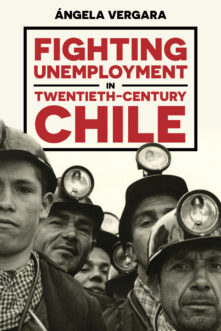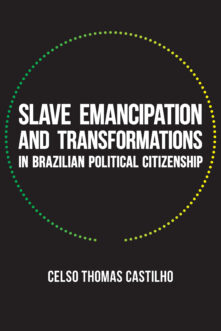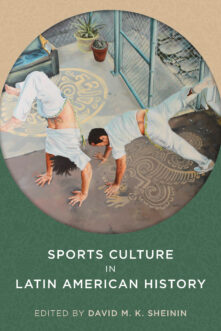Search Results

The Religion of Life
Eugenics, Race, and Catholicism in Chile
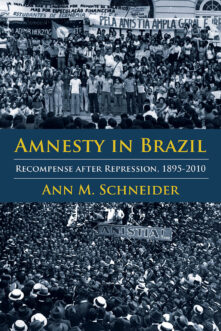
Amnesty in Brazil
Recompense after Repression, 1895-2010
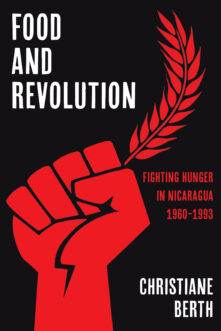
Food and Revolution
Fighting Hunger in Nicaragua, 1960-1993
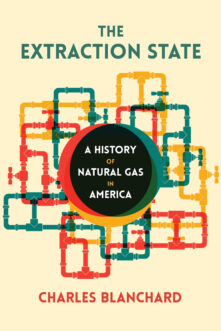
The Extraction State
A History of Natural Gas in America
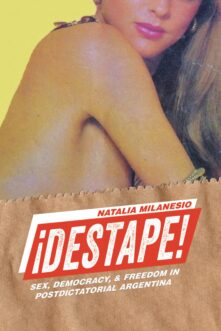
Destape
Sex, Democracy, and Freedom in Postdictatorial Argentina
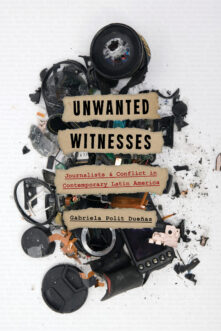
Unwanted Witnesses
Journalists and Conflict in Contemporary Latin America
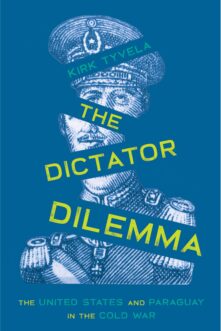
The Dictator Dilemma
The United States and Paraguay in the Cold War
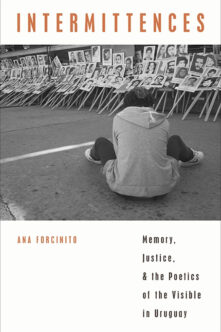
Intermittences
Memory, Justice, and the Poetics of the Visible in Uruguay
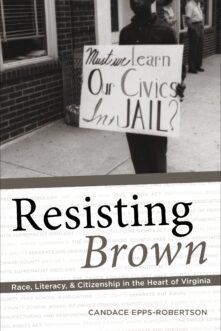
Resisting Brown
Race, Literacy, and Citizenship in the Heart of Virginia
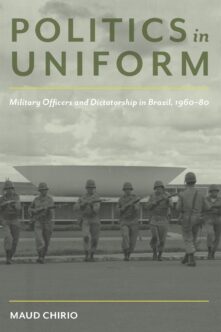
Politics in Uniform
Military Officers and Dictatorship in Brazil, 1960-80
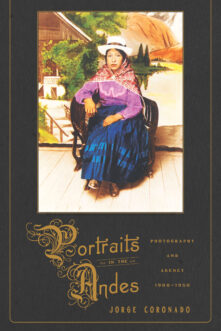
Portraits in the Andes
Photography and Agency, 1900-1950
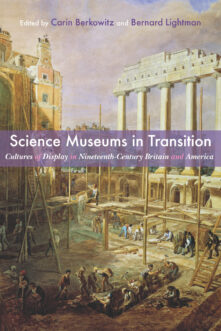
Science Museums in Transition
Cultures of Display in Nineteenth-Century Britain and America
Your search for "Urban Rivers : Re-making Rivers, Cities and Space in Europe and North America" returned 644 results


